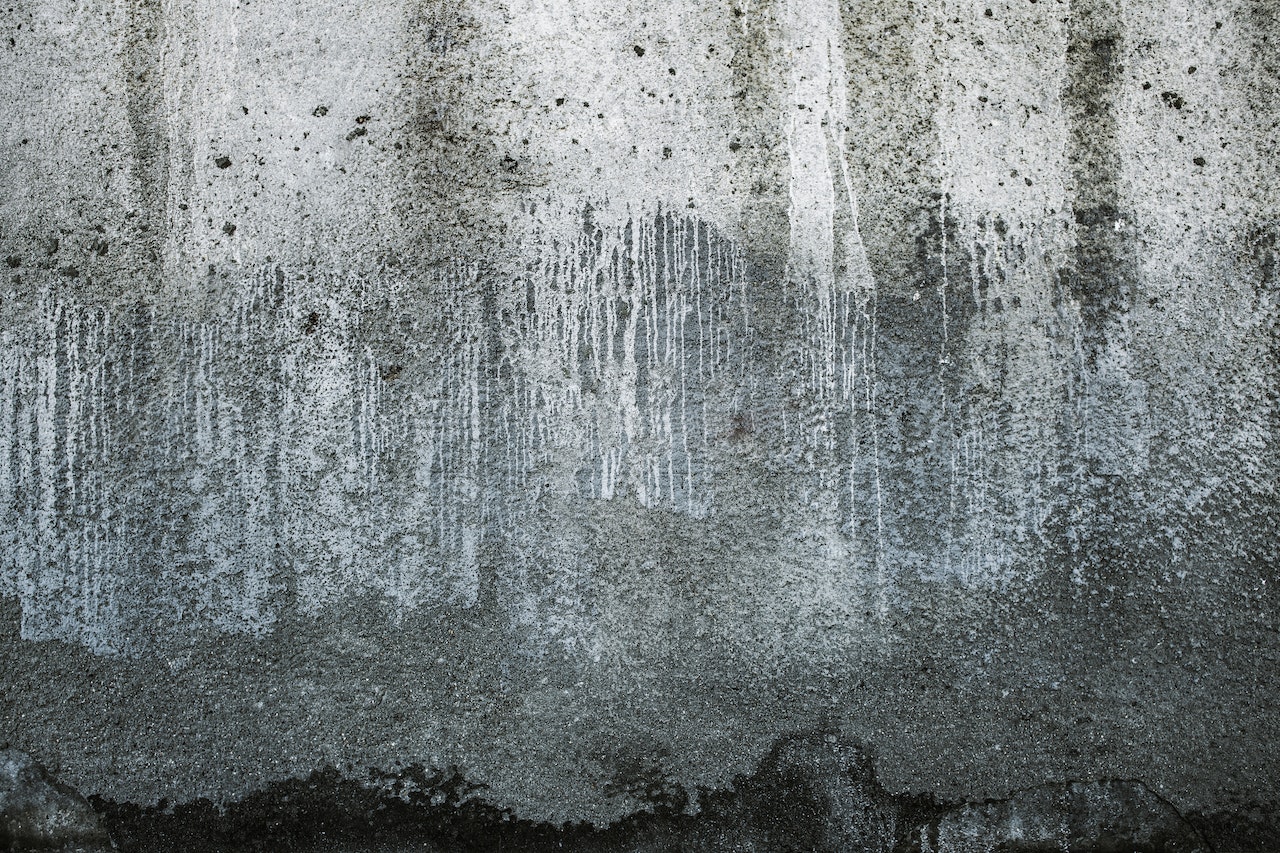
Concrete is renowned for its durability and strength, making it a popular choice for construction in various applications, from buildings and bridges to roads and sidewalks. Over time, concrete can suffer from a condition known as concrete spalling, which can compromise its structural integrity and aesthetics. In this article, we will explore what concrete spalling is, its causes, and the steps to deal with it effectively.
What is Concrete Spalling?
Concrete spalling refers to the deterioration of the surface layer of concrete, leading to the formation of cracks, chips, or flakes on the surface. It is a common issue that occurs when the concrete’s surface breaks down and becomes fragmented. Spalling can range from minor cosmetic defects to more severe structural damage, depending on its extent and the underlying causes.
Causes of Concrete Spalling
Several factors contribute to the development of concrete spalling:
- Freeze-Thaw Cycles: In regions with cold winters, freeze-thaw cycles can be a major cause of spalling. When moisture penetrates the concrete and subsequently freezes, it expands, creating internal pressure and causing the concrete to crack and spall upon thawing.
- Corrosion of Reinforcement: Reinforced concrete structures are susceptible to spalling when the steel reinforcement within the concrete corrodes. As the steel rusts, it expands, exerting pressure on the surrounding concrete, which can lead to cracks and spalling.
- Chemical Exposure: Exposure to certain chemicals, such as road salts, de-icing agents, or chemicals used in industrial processes, can accelerate the deterioration of concrete surfaces. These chemicals can erode the protective layer of concrete, making it more vulnerable to spalling.
- Poor Workmanship: Inadequate concrete mix proportions, improper curing, or insufficient consolidation during the construction process can result in weak concrete surfaces prone to spalling.
- Aging: Over time, concrete naturally undergoes wear and tear due to environmental factors, traffic loads, and other stresses. This aging process can contribute to the development of surface spalling.
Identifying Concrete Spalling
Concrete spalling is relatively easy to identify, as it typically manifests as:
- Cracks: Cracks on the concrete surface, which can be shallow or deep, are a common sign of spalling.
- Chips and Flakes: Pieces of concrete chipping or flaking off from the surface.
- Exposed Aggregate: The appearance of exposed aggregates (pebbles or stones) in the concrete matrix as a result of surface deterioration.
- Rough Texture: A rough and pitted texture on the surface, often accompanied by visible signs of damage.
How to Deal with Concrete Spalling
Addressing concrete spalling is essential to maintain the structural integrity and appearance of concrete structures. Here are steps to effectively deal with concrete spalling:
1. Assessment and Diagnosis
Start by assessing the extent of the spalling and identifying the underlying causes. This may involve a thorough inspection of the affected area, which can be done by a qualified structural engineer or a concrete professional. The assessment helps determine the appropriate course of action.
2. Safety Precautions
Before starting any repair work, ensure the safety of workers and the surrounding environment. This may include setting up proper barricades, wearing personal protective equipment (PPE), and following safety protocols.
3. Surface Preparation
Proper surface preparation is crucial to ensure that repair materials adhere effectively to the existing concrete. The steps may include:
- Cleaning: Remove dirt, debris, loose concrete, and contaminants from the surface. Pressure washing or abrasive blasting may be necessary.
- Crack Repair: Address any existing cracks by cleaning them and filling them with an appropriate crack filler.
- Removal of Loose Material: Use chisels, grinders, or other tools to remove loose or spalled concrete until you reach solid, sound concrete.
4. Application of Repair Material
Select an appropriate repair material based on the severity of the spalling and the underlying causes. Common repair materials include:
- Mortar or Concrete Patching: For minor surface spalling, apply a suitable mortar or concrete patching mix to restore the surface. Ensure proper mixing and follow manufacturer guidelines.
- Polymer-Modified Overlays: In cases of more extensive spalling, consider using polymer-modified concrete overlays, which provide improved durability and bonding.
- Epoxy Resins: For areas with severe structural damage, epoxy resins can be used to bond and rebuild the damaged concrete.
Follow the manufacturer’s instructions for mixing and applying the chosen repair material. Proper compaction and finishing are essential to achieve a smooth and durable surface.
5. Curing
After applying the repair material, follow appropriate curing procedures to ensure proper hydration and strength development. Curing may involve covering the repaired area with wet burlap, plastic sheeting, or curing compounds, as recommended by the material manufacturer.
6. Preventive Measures
To prevent future spalling, consider taking preventive measures:
- Seal the Surface: Apply a concrete sealer to protect the repaired surface from moisture and chemical exposure.
- Proper Drainage: Ensure that the concrete structure has adequate drainage systems to minimize the risk of water infiltration.
- Corrosion Protection: Address any corrosion of reinforcement by applying corrosion inhibitors or installing cathodic protection systems.
- Regular Maintenance: Implement a routine maintenance schedule, including inspections and necessary repairs, to address potential issues before they escalate.
7. Consult a remedial engineer
For extensive or complex spalling issues, it’s advisable to consult with a qualified remedial engineer or a concrete repair specialist. They can provide expert guidance, recommend suitable repair methods, and ensure that the repairs meet safety and structural integrity standards.
In conclusion, concrete spalling is a common issue that can compromise the appearance and integrity of concrete structures. Identifying the causes, conducting a thorough assessment, and following proper repair procedures are
